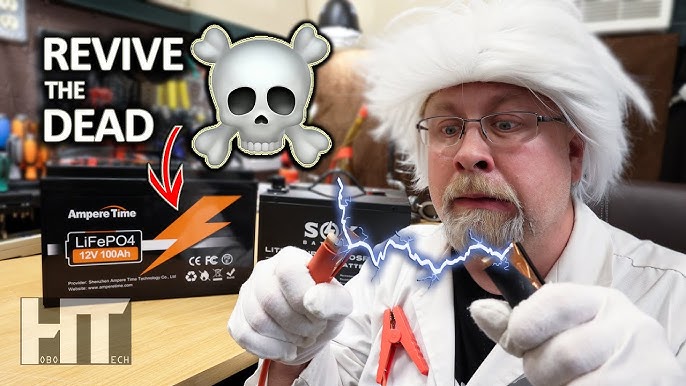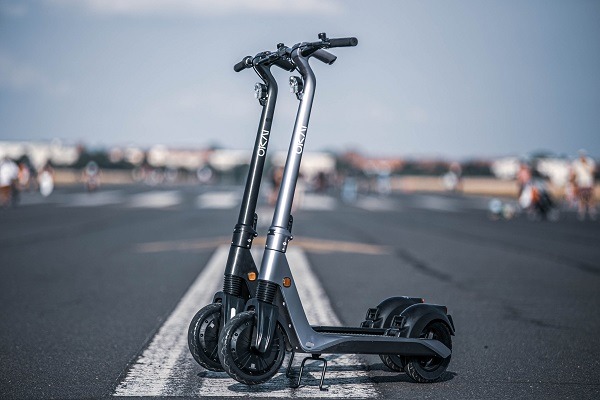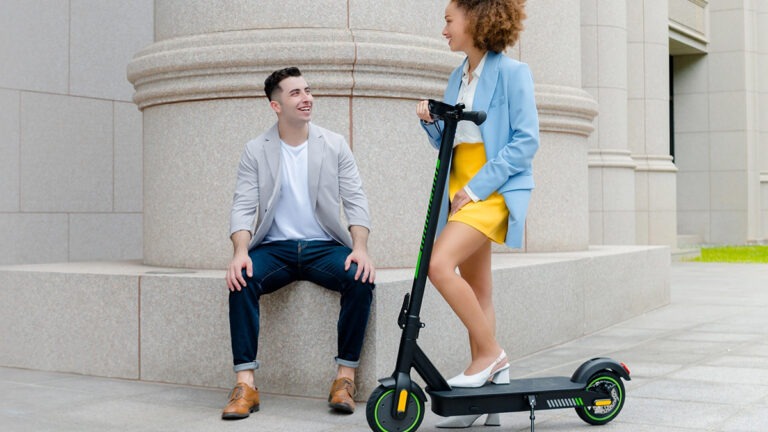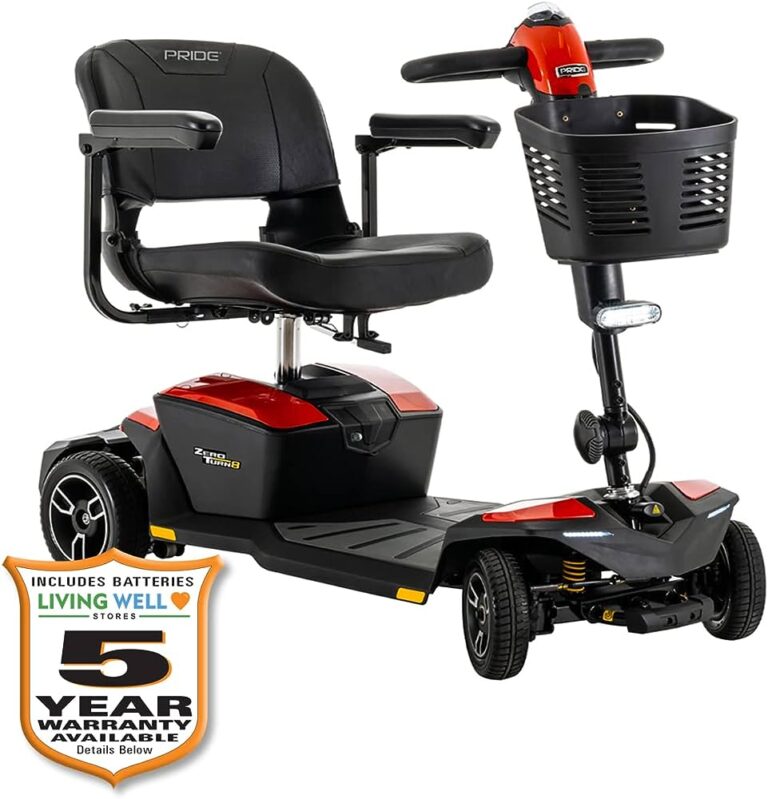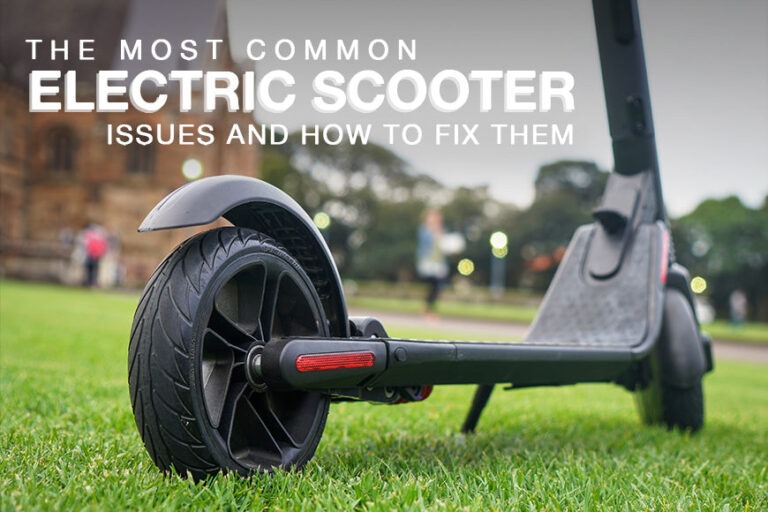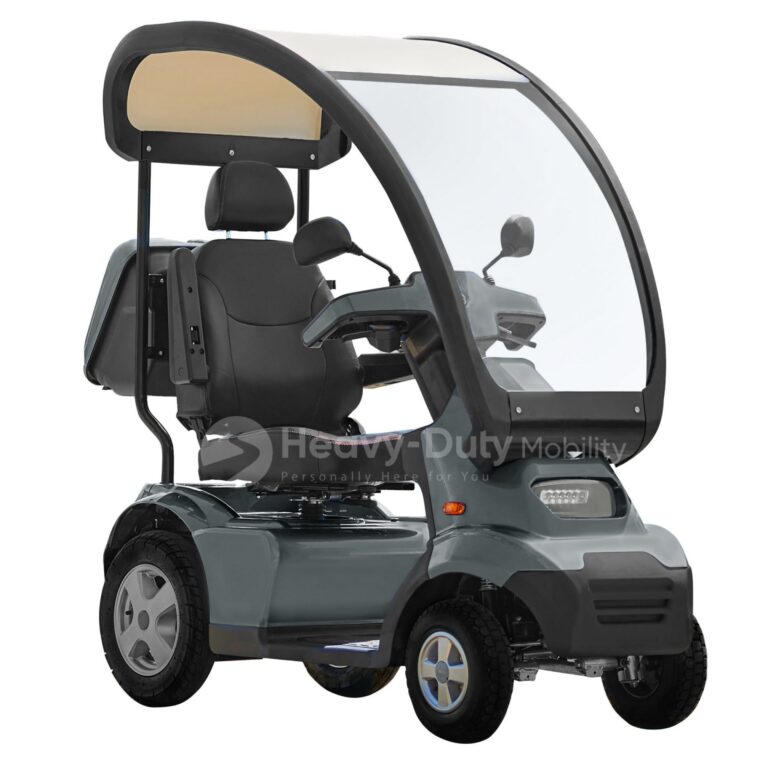Kymco Scooter Not Starting: Troubleshooting Tips for a Smooth Ride
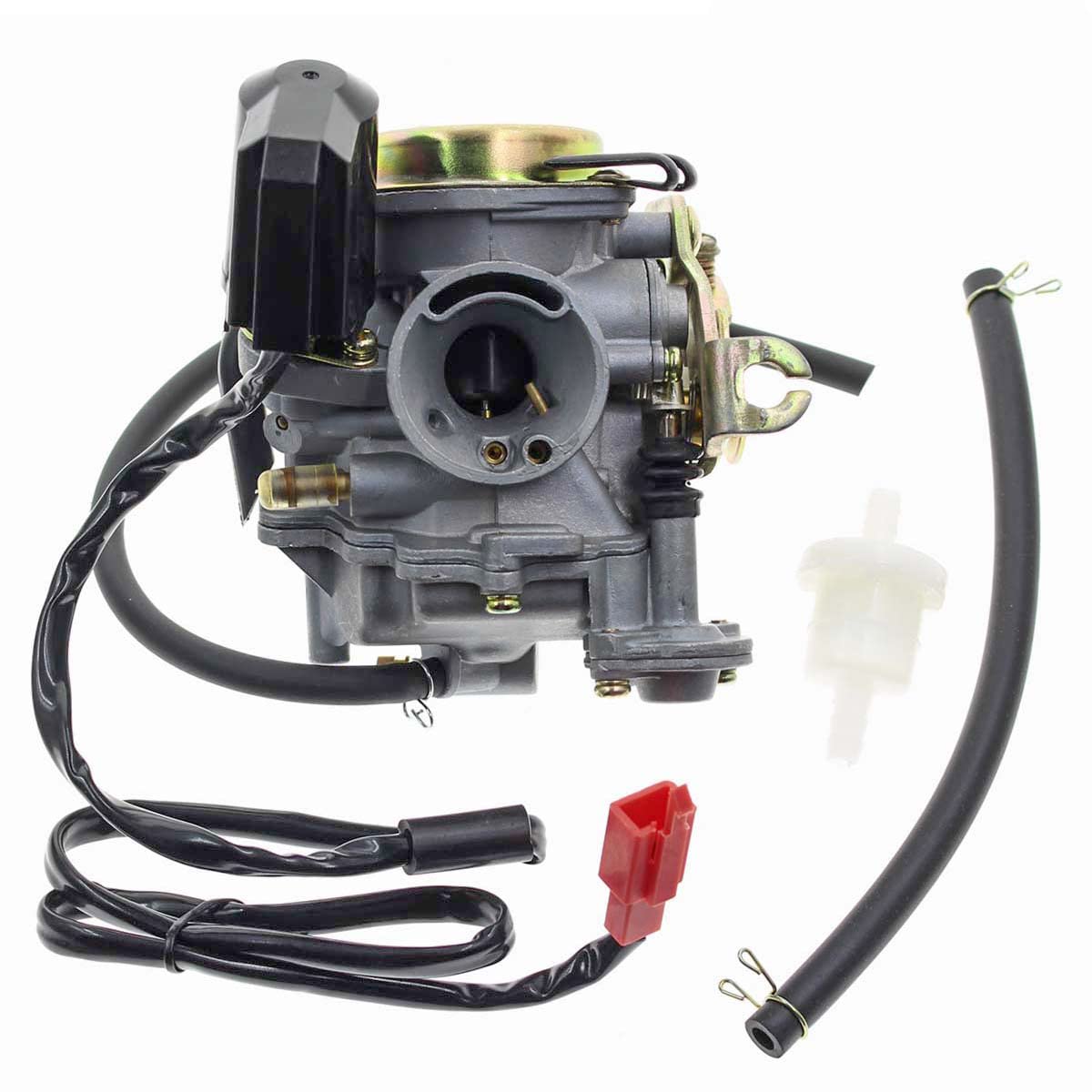
Kymco scooter not starting can be caused by a variety of issues, such as a dead battery, fuel problems, ignition problems, or a faulty starter motor. There are several troubleshooting steps you can take to identify and fix the problem.
To begin, check if the battery is fully charged and the connections are secure. If the battery is okay, inspect the fuel system for clogs or leaks. Ensure that the fuel flow is unobstructed and that there is enough fuel in the tank.
Next, check the ignition system by examining the spark plug for any damage or wear. Finally, check the starter motor by listening for any clicking noises or grinding sounds when you try to start the scooter. If none of these steps solve the issue, it may be best to consult a professional mechanic.
Dead Battery: The Culprit Behind The Silence
Having trouble starting your Kymco scooter? The culprit may be a dead battery, leaving your ride in complete silence. Get back on track by replacing your battery and hitting the road again.
Imagine this: you’re all set to take your Kymco scooter out for a relaxing ride, but as soon as you turn the ignition, all you hear is silence. Frustrating, isn’t it? Well, chances are the culprit behind this unexpected silence is a dead battery.
To get your scooter up and running again, follow these steps:
Check Battery Connections
To begin troubleshooting your scooter’s dead battery, start by checking the battery connections. Here’s how:
- Open the battery compartment and visually inspect the battery terminals for any signs of corrosion or loose connections.
- If you notice corrosion buildup, use a wire brush to gently clean the terminals and ensure a good connection.
- Tighten any loose connections, making sure they are securely fastened to the battery terminals.
Now that you’ve ensured the battery connections are in good shape, let’s move on to the next step.
Measure Battery Voltage
To confirm whether the battery is the cause of your scooter not starting, you’ll need to measure its voltage. Follow these steps:
- Use a multimeter set to the DC voltage mode and connect the positive (red) probe to the battery’s positive terminal and the negative (black) probe to the negative terminal.
- Check the voltage reading displayed on the multimeter. A healthy battery should have a voltage reading of around 12.6 volts or higher. If the reading is significantly lower, it’s a clear indication that your battery needs attention.
With the battery voltage measured, it’s time to take action to get your scooter back on the road.
Recharge Or Replace The Battery
Depending on the battery’s condition, you may be able to recharge it or need to replace it altogether. Consider the following options:
- If the battery’s voltage reading is just slightly lower, you can try recharging it using a battery charger specifically designed for motorcycles or scooters. Follow the charger’s instructions and recharge the battery fully before attempting to start your scooter again.
- However, if the battery’s voltage reading is significantly low or it fails to hold a charge after recharging, it’s time to replace the battery. Look for a compatible replacement battery that matches the specifications of your Kymco scooter.
Remember, a dead battery is a common issue faced by scooter owners, but with these simple steps, you can quickly troubleshoot and resolve the problem. Keep your battery connections clean and secure, measure the voltage regularly, and either recharge or replace the battery when necessary.
Once you’ve addressed the dead battery, you’ll be back on the road, enjoying the thrill of riding your Kymco scooter.
Faulty Ignition Switch: The Starting Point Of Frustration
The frustration of a Kymco scooter not starting often stems from a faulty ignition switch, which can be the starting point of many woes. Find out why your scooter won’t start and how to fix it.
Imagine this: you’re all geared up to hit the road on your Kymco scooter, but when you turn the key, nothing happens. Talk about frustrating! One possible culprit for this annoyance could be a faulty ignition switch. Before you start pulling your hair out, let’s dive into how you can inspect, test, and replace the faulty ignition switch.
Inspect The Ignition Switch
To get to the bottom of the issue, it’s a good idea to inspect the ignition switch thoroughly. Here’s what you need to do:
- Start by locating the ignition switch, usually located near the handlebars.
- Check for any physical damage or signs of wear on the switch.
- Ensure that all electrical connections are secure and free from corrosion.
- Look for any loose or frayed wires connected to the switch.
If you notice any issues during the inspection, it’s likely that the ignition switch is causing your scooter’s starting problem.
Test The Ignition Switch With A Multimeter
Testing the ignition switch with a multimeter can help you confirm if it’s indeed the source of the problem. Here’s how you can go about it:
- Set your multimeter to the continuity test mode.
- Disconnect the ignition switch from the electrical system.
- Connect the multimeter leads to the corresponding terminals on the switch.
- With the ignition switch in the “off” position, the multimeter should display no continuity.
- When you turn the ignition switch to the “on” position, the multimeter should show continuity.
If the multimeter readings don’t align with these expectations, it’s a clear indication that your ignition switch is faulty.
Replace The Faulty Ignition Switch
Once you’ve determined that the ignition switch is faulty, it’s time to replace it. Here’s a step-by-step guide to help you through the process:
- Start by disconnecting the battery to avoid any electrical mishaps.
- Remove any panels or covers that may be blocking access to the ignition switch.
- Carefully disconnect the electrical connectors attached to the old ignition switch.
- Unfasten any screws or bolts securing the switch in place and remove the old switch.
- Install the new ignition switch, making sure it’s properly aligned with the mounting position.
- Secure the new switch in place by tightening the screws or bolts.
- Reconnect the electrical connectors to the new switch.
- Put back any panels or covers that you removed earlier.
- Reconnect the battery and give it a test. Your Kymco scooter should now start without a hitch.
By following these steps, you can bid farewell to the starting frustrations caused by a faulty ignition switch and confidently hit the road on your Kymco scooter once again.
Clogged Fuel System: A Recipe For No Start
A Kymco scooter not starting could be due to a clogged fuel system, obstructing the flow of fuel to the engine. This issue can be resolved by cleaning or unclogging the fuel line, filter, and carburetor, ensuring smooth starts for your scooter.
Is your Kymco scooter refusing to start? One possible culprit could be a clogged fuel system. When the fuel system gets blocked, it can prevent the proper flow of fuel to the engine, leading to frustrating starting issues. In this section, we will delve into the steps you can take to assess and fix a clogged fuel system.
Assess Fuel Tank Levels
- Check the fuel gauge or visually inspect the fuel tank to ensure that it is not empty.
- If the tank is low, fill it up with the appropriate fuel to the recommended level.
- Ensure that the scooter is on a flat surface to get an accurate reading.
Check For Fuel Flow
- Locate the fuel line that connects the fuel tank to the engine.
- Disconnect the fuel line from the engine side and place a catch container beneath it.
- Slowly open the fuel valve or turn on the scooter, and observe if fuel flows freely into the container.
- If there is no fuel flow or it is minimal, it may indicate a possible clog in the fuel system.
Clean Or Replace The Fuel Filter
- Locate the fuel filter, which is usually found along the fuel line.
- Remove the fuel filter and inspect it for any signs of clogging or debris.
- If the filter is dirty or clogged, clean it using a suitable solvent or replace it with a new one.
- Ensure that the new filter matches the specifications for your Kymco scooter.
Following these steps will help you diagnose and address any potential issues with a clogged fuel system in your Kymco scooter. Remember to exercise caution and follow the manufacturer’s guidelines when performing any maintenance tasks. By maintaining a clean and clear fuel system, you can increase the chances of your scooter starting smoothly and reliably.
Jammed Starter Motor: The Silent Enemy
If your Kymco scooter is not starting, a possible culprit could be a jammed starter motor. This silent enemy can prevent your scooter from igniting, but with a little troubleshooting, you can get back on the road in no time.
Is your Kymco scooter not starting? Don’t fret, it could be a jammed starter motor causing the issue. The starter motor plays a crucial role in initiating the engine’s operation, and when it gets jammed, the silence can be frustrating.
But fear not, this problem can be resolved with a bit of know-how and the right steps. In this section, we will outline how to identify signs of a jammed starter motor, how to inspect and lubricate it, and when it’s time to seek professional assistance.
Identify Signs Of A Jammed Starter Motor
To troubleshoot a jammed starter motor, you first need to recognize the telltale signs. Here are some indications that your starter motor might be jammed:
- The engine fails to start, and you hear a clicking sound instead.
- The motor makes a grinding noise when attempting to start.
- The starter motor spins but doesn’t engage with the engine.
Inspect And Lubricate The Starter Motor
Once you’ve identified the signs of a jammed starter motor, it’s time to inspect and lubricate it. Follow these steps to get your scooter back on the road:
- Ensure safety: Turn off the ignition and remove the keys to prevent any accidental starts.
- Locate the starter motor: Consult your scooter’s manual to find the exact location of the starter motor.
- Check for debris or obstruction: Inspect the area around the starter motor for any dirt, grime, or loose objects that might be obstructing its movement.
- Clean the motor and surrounding area: If you find any debris, carefully clean it using a soft cloth or brush. Avoid using water or harsh chemicals that may damage the motor.
- Apply lubrication: Once the motor and surrounding area are clean, apply a suitable lubricant to the moving parts of the starter motor. This will help reduce friction and facilitate smoother operation.
- Test the scooter: After lubrication, turn the ignition on and attempt to start the scooter. If the starter motor engages properly and the engine starts, you’ve resolved the jammed motor issue.
Seek Professional Assistance If Needed
If despite your efforts, the scooter still doesn’t start, it might be time to seek professional assistance. A trained technician will have the expertise to diagnose and fix any complex issues with the starter motor or other components. Don’t hesitate to reach out to your local Kymco service center or a qualified mechanic who specializes in scooters.
Remember, dealing with a jammed starter motor requires patience and a methodical approach. By following the steps outlined above, you can troubleshoot and resolve this issue, getting your Kymco scooter back in smooth-running condition.
Additional Troubleshooting Tips
Having trouble starting your Kymco scooter? These additional troubleshooting tips will help you identify and solve the issue, getting you back on the road in no time.
Check Spark Plugs For Wear And Tear
- Inspect the spark plugs for any signs of damage or wear:
- Check if the plugs are dirty, corroded, or covered in carbon buildup.
- Ensure proper gap spacing between the electrodes.
- Replace the spark plugs if necessary.
Inspect The Carburetor For Blockages
- Examine the carburetor for any clogs or obstructions:
- Remove the air filter and inspect it for dirt or debris.
- Clean the carburetor jets using a carburetor cleaner or compressed air.
- Check the fuel lines for any blockages or leaks.
Ensure Proper Oil Levels
- Verify that the scooter has adequate oil levels:
- Consult the owner’s manual for the correct oil specifications.
- Locate the oil dipstick and check the oil level.
- Top up the oil if it is below the recommended level.
Examine The Electrical Wiring Connections
- Inspect the scooter’s electrical wiring connections:
- Check for loose or disconnected wiring.
- Look for any signs of frayed or damaged wires.
- Ensure that the battery terminals are securely connected.
Seek Expert Mechanic Assistance If All Else Fails
- If you have tried all troubleshooting tips and the scooter still does not start, it may be time to seek professional help:
- Consult a qualified mechanic who specializes in scooter repairs.
- They have the expertise to diagnose and fix complex issues.
- Save time and avoid further damage by letting the experts handle it.

Credit: manilastandard.net
Frequently Asked Questions For Kymco Scooter Not Starting
What Should I Do When My Scooter Is Not Starting?
If your scooter isn’t starting, try checking the battery, fuel supply, spark plug, and ignition switch.
How Do You Force Start A Scooter?
To force start a scooter, turn the ignition key, hold down the brake, and kick-start the engine.
How Do You Start A Kymco Scooter?
To start a Kymco scooter, turn the ignition key, make sure the fuel valve is on, and kick-start the engine.
How Do You Jumpstart A Kymco Scooter?
To jumpstart a Kymco scooter, connect the positive (+) cable of a working battery to the positive terminal and the negative (-) cable to the negative terminal of the scooter’s battery. Start the scooter and remove the cables carefully.
Conclusion
Troubleshooting Kymco scooter starting issues requires a systematic approach. Start by checking the basics, such as the battery, spark plug, and fuel supply. Ensure the battery is charged and in good condition, and that the spark plug is clean and creating a strong spark.
If the scooter is still not starting, inspect the fuel lines and filter for any blockages or clogs. It is also important to consider the age and maintenance history of the scooter, as wear and tear can also contribute to starting problems.
Consulting the owner’s manual or reaching out to a trusted mechanic can provide further guidance. Regular maintenance and care, such as keeping the scooter clean and avoiding excessive idling, can help prevent future starting issues. Remember, patience and persistence are key when troubleshooting your Kymco scooter’s starting problem.

